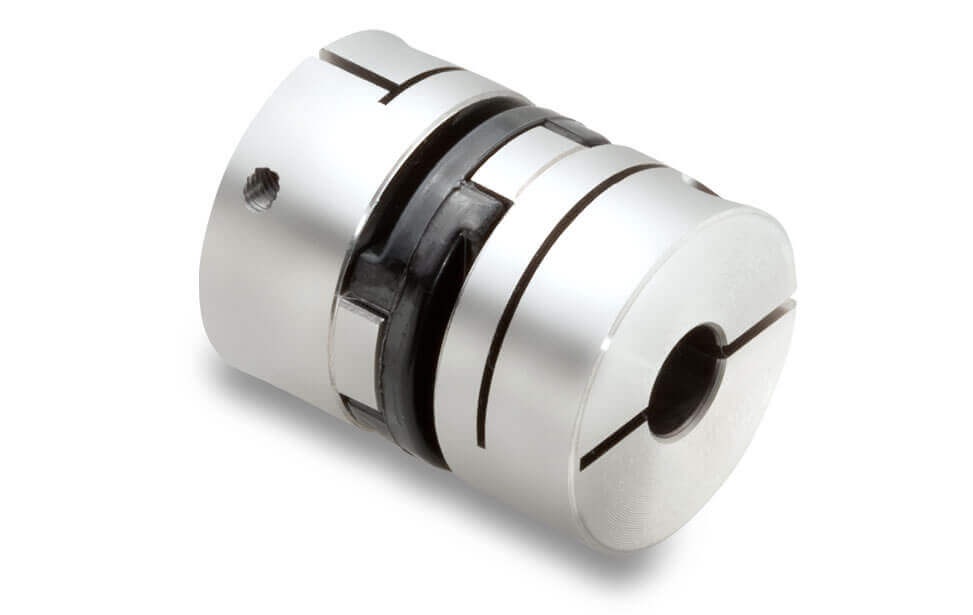A coupling connects two shafts at the ends of a shaft to transmit power. Couplings are used to connect two pieces of spinning equipment, while also allowing for misalignment and end movement. Although couplings don’t often allow shaft disconnection, torque-limiting couplings may slip or detach if a torque limit is exceeded. The best way to reduce maintenance costs and time is through proper coupling selection and installation. BI offers a variety of shaft couplings, including flexible, elastomeric and all-steel options.
Why Do We Need Shaft Couplings?
Even though the motor is directly connected to the workpiece and properly secured, it is possible for minor misalignment over time due temperature changes. This can cause vibration and damage.
FF Shaft couplings bearings (ลูกปืนจับยึดปลายเพลา FF, which is the term in Thai) protect neighboring components in a variety of ways. They reduce vibration and impact the precision of other components. They reduce the shock load transfer from one shaft to the other. Flexible couplings are useful for providing electrical isolation in high-voltage environments where delicate electronic components may be pushed.
-
This Is Critical As It Can Cause Damage To The Equipment.
The shaft connections stop heat being transferred from the power source into the driven shaft. Thermal expansion causes surrounding components to shift out of their correct positions, decreasing their precision.
-
Resorbing In The Misalignment
It can take a lot of effort to align the drive shaft with the driven shaft. If the axes of the two shafts are not aligned correctly, vibrations and noises can be caused by the additional force imparted by the rotating shaft. Additionally, even though units are made from the same parts, there are still defects like machining errors that make it difficult to assemble each unit accurately because of the differences in dimensions.
To compensate for these mounting errors, it is recommended that you use a coupling. The coupling provides power correctly and dynamically, even if the shafts are not aligned perfectly.
-
Protect Surrounding Products By Absorbing Vibrations
Bearings can transmit vibration and stress to other parts of the equipment when they are being used. Consider that the motor’s vibration is transmitted to the ball screw by the drive side. It can cause the machine to perform poorly if it is not in the recommended position. Additionally, damage can be done to the motor if the machine is struck from the outside. This issue can be solved by coupling. It absorbs vibrations to move the driven side, with high precision, or shock to protect expensive motors.


